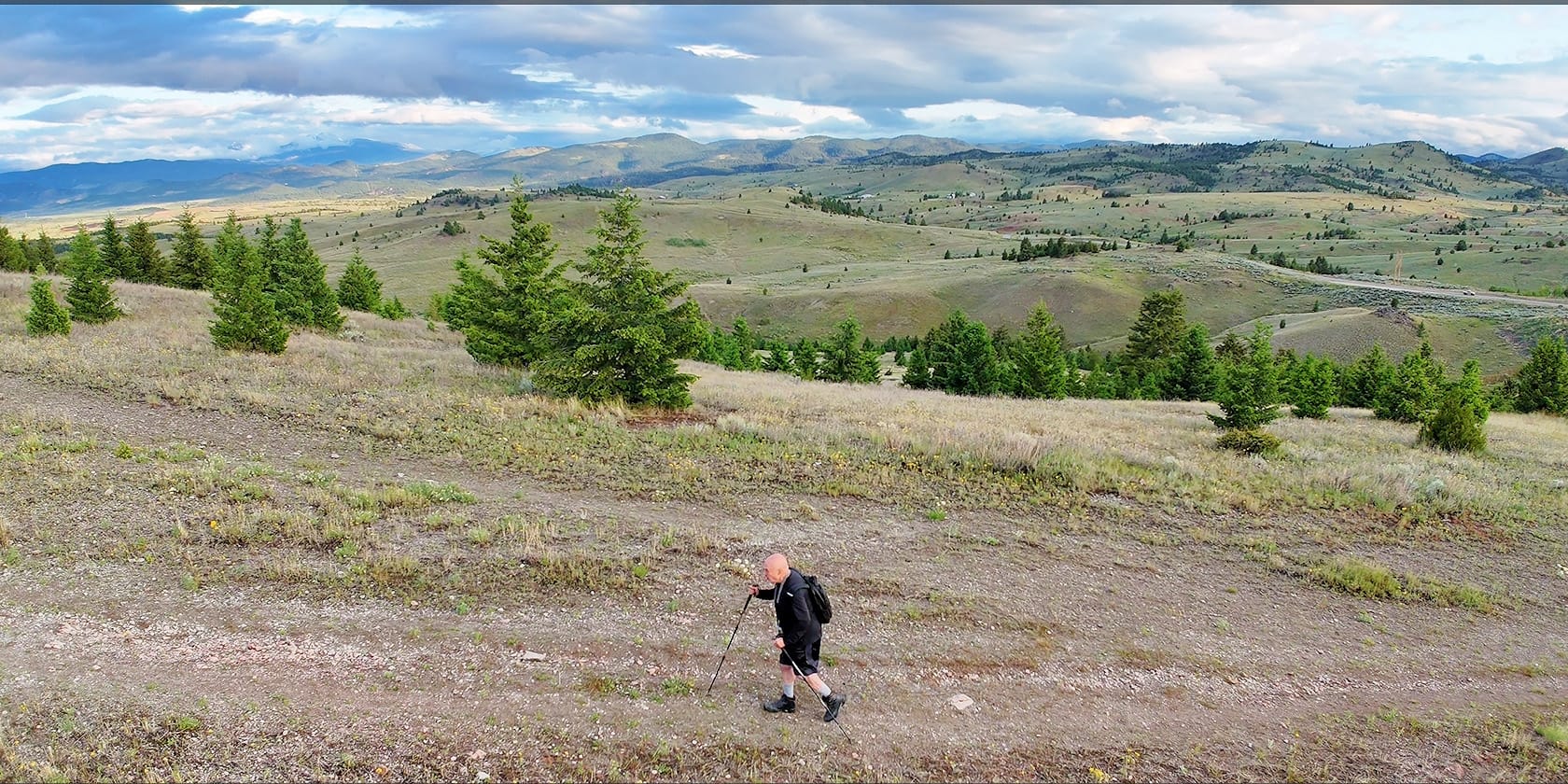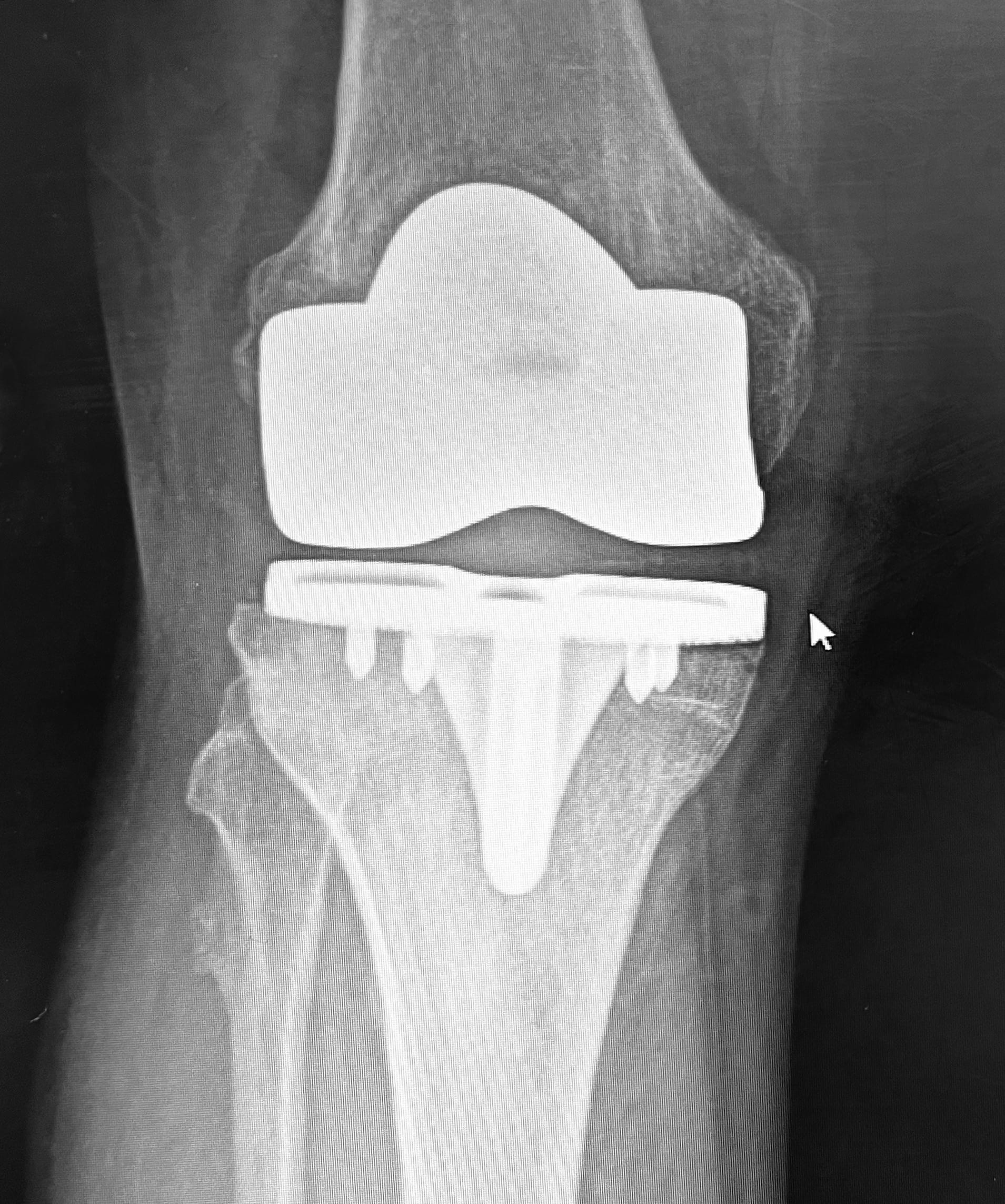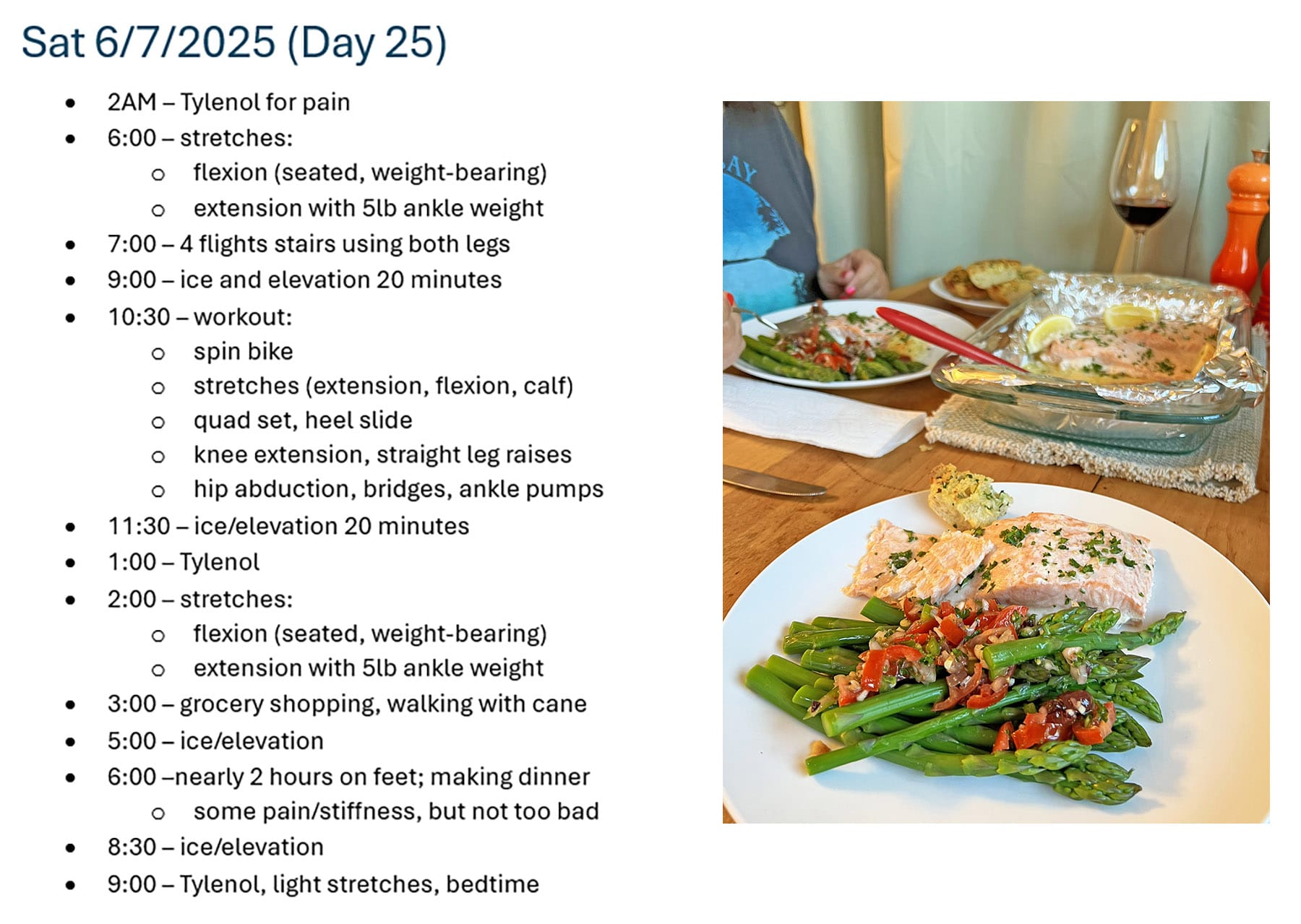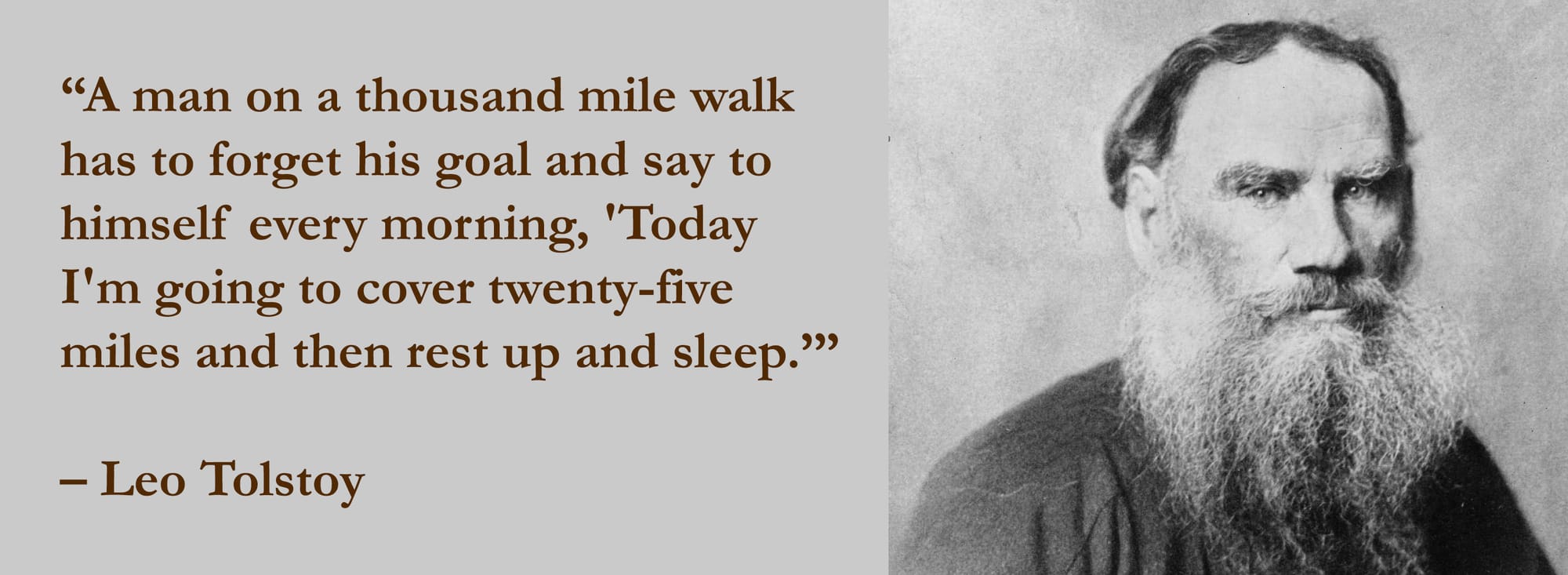The knee at six weeks

Today was a long-awaited milestone for my new knee: the 6-week follow-up with my surgeon. This post is an update on how that went, and a few thoughts on how things are going and what I've learned along the way.
Walking across the parking lot on the morning of my 6-week follow-up. Gait isn't perfect yet, but I'm feeling strong and getting close to normal.
How it's going
The short version: my recovery is going great. Well enough that the surgeon said I'm free to work out hard, get out and enjoy life, and lift as much weight as my muscles can handle.
Range of motion is one of the key things they look at to assess the success of a knee replacement. Here's a diagram of how that has progressed since I started PT:

For the final work on range of motion, my surgeon gave me a new exercise routine to do three times a day until the 3-month mark, focused on preserving the range I already have, and increasing it steadily.
The only concern the surgeon had was regarding something dumb I did 10 days ago. I was walking all three dogs by myself on uneven terrain (not dumb if you're paying close attention), and I was careless and not paying attention (dumb), and I bumped into Isaac pretty hard when he suddenly changed direction. The knee got swollen and painful, but after 24 hours of heavy icing it seemed a lot better.
But the X-ray showed that I had strained my medial collateral ligament, the ligament that prevents the knee from flexing inward. So the joint is currently slightly out of alignment, relative to the perfect alignment it had on the day of surgery.

The ligament should heal up over the next few weeks and tighten to where the joint is back in perfect alignment, but to protect it during that healing process I now have a brace to wear whenever there's any risk of aggravating the injury. And then when I see the surgeon again in a year we'll take X-rays to verify that the ligament healed as expected.
The long game
I've come so far from those first painful days right after surgery, but I'm also still far away from returning to things I enjoyed in the past such as hiking all day long in the mountains or standing in my workshop for hours on end. I probably could do those things right now, but I'd have a lot of pain and stiffness afterward, and there's a risk of injuring or irritating my knee in a way that could delay my overall recovery. At this point, I need to be patient and focus on slowly rebuilding strength, flexibility, and endurance, no matter how boring that is in the short term.
Looking back on the first six weeks, it feels like there have been three distinct phases of my recovery so far.
The first two weeks were mostly about managing the pain and swelling from the surgery, and adjusting to using a walker at all times. I was spending as many hours as possible each day with my knee elevated and iced, and also doing ice and elevation at bedtime and again in the middle of the night. I was sleeping on my back (which I'm not used to), and rarely for more than an hour or two at a time.
Weeks 3-4 were mostly about range of motion – i.e., how far I could bend my knee (flexion) and how close to straight I could get it (extension). I started physical therapy sessions twice a week at the beginning of week 3, with a range of motion less than 90 degrees, but after a week of pushing hard many times a day I was finally able to do a single backward rotation on my spin bike, which requires about 115 degrees. The next day I was able to do a forward rotation, and then I started using the spin bike every day, which really broke down the stiffness.

Phase 3, which start in week 5 and will continue indefinitely, is focused on building strength in addition to range of motion. I'm glad I was in PT for three months before surgery, because that gave me less of a hole to dig out of, but after knee replacement your quads, glutes, and calves all need to be rehabbed. Quads in particular will need work, because they are damaged and weakened by the surgical procedure, so anything you can do to build quad strength beforehand will help accelerate your recovery afterward.
Going forward, I'm planning to make my PT routine a regular part of my life. My childhood friend Martin, who had both knees replaced last year, told me before my surgery "PT is your new religion," and I totally get that now and am planning to embrace the faith.
Things I've learned
Below are a few things that I've found useful in my recovery so far. If you're considering a knee replacement some of this may be useful to you, but nothing here is intended as advice. Every patient, knee, surgery, and surgeon is unique, so what works well for one situation may be all wrong for another situation.
That said, it can be useful to know the range of experiences that others have had, and I've learned a lot by reading every post on Dr. Samantha Smith's Knee Replacement Support group on Facebook over the last few months. It's a very active group with over 30,000 members, and every day there are new posts from people at all stages of the process.

The first and most important thing I've learned: recovering from knee replacement surgery is a full-time job for a while. Every day is full of stretching, exercise, ice, elevation, pain management, and other considerations. If you're casual about the process, you're unlikely to ever be as strong as those who take it seriously. I've been stunned by some of the stories I've seen on that Facebook support group - people who do things like trying to sit through movies or go out to eat in the first few days, and then they wonder why they're dealing with so much pain and such restricted range of motion. I've had to put all other aspects of my life on hold for the first six weeks, and I think that's the main reason I'm doing pretty well now.
One thing I didn't understand about recovering from knee surgery is the interplay between the conflicting goals of building strength, increasing range of motion, and minimizing pain. Doing the exercises that will increase strength or range of motion can lead to increased swelling and pain, which reduces your range of motion and makes it harder to do the exercises. It's a daily challenge to get that balance just right, and every day since surgery I've had multiple ice and elevation sessions ("toes above nose" is the mantra) and lots of pain meds.
Another key concept, which my physical therapist has reminded me of often, is that recovery is not linear. You don't get steadily better every day, but the goal is to be getting better over the long term, a little better each week or month. There will be ups and downs along the way, so celebrate the good days and try not to dwell on the bad days.
I experienced some big swings during week 5, for example. I had been planning to do a hike up up Big Butte on Day 30, and had everything laid out the night before so that I could get on the trail for sunrise. I went to bed feeling great, but woke up at 4:30 with stabbing pain at the top of my tibia (where it's still recovering from having the end of the bone sliced off), so I decided to postpone the Big Butte plan. That pain grew worse through the day, and on Day 31 I was back on the walker all day. That was annoying, but I kept stretching and doing my PT exercises, and on Day 39 I was able to hike up Big Butte with no pain during or after the experience.
A final thought on knee replacement recovery: you'll screw up at times, and that's fine. There's so much to keep track of and do every day, from pain management to stretching to ice and elevation to PT exercises, and I've had numerous days when I didn't do all the things I had planned to do. And I was also careless one time and accidentally injured a ligament, as mentioned above. But I'll recover from that, and missed workouts can be made up later, too. It's a long process, and you just need to stay patient and positive and keep moving forward one day at a time. So that's the plan!
